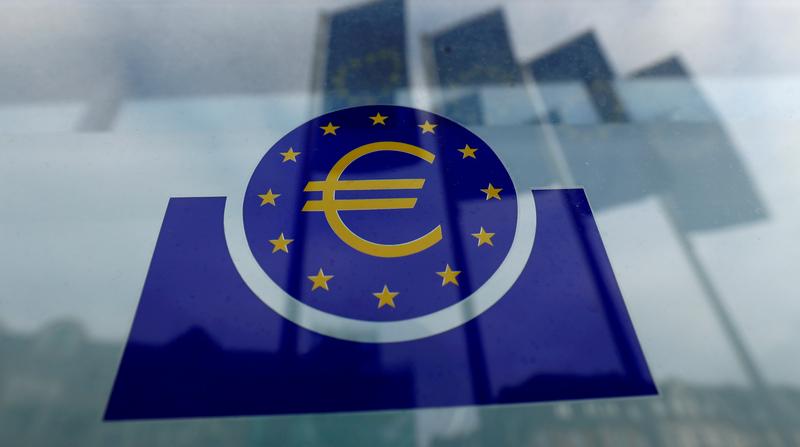LONDON (Reuters) – The inflation genie is finally out of its bottle.
Now investors are waiting to see whether the European Central Bank on Thursday admits that price pressures are too significant to ignore. They will also want an explanation of what that means for its ultra-easy policy stance.
Big decisions on the future of the ECB’s pandemic emergency stimulus will wait until December. But with surging energy prices and supply bottlenecks, Thursday’s meeting should be anything but dull.
Here are five key questions on the radar for markets.
1/ What does high inflation mean for the policy outlook?
The ECB may acknowledge that a jump in price pressures is likely to last longer than anticipated, but the central bank is unlikely to abandon its dovish policy stance just yet.
Its 2023 inflation forecast is 1.5%, below the 2% target, and policymakers argue that tightening policy too early could hurt the economy.
ECB Chief Economist Philip Lane has argued that the current bout of inflation in the bloc is not a trigger for monetary policy action as growth in services prices and wages remains weak.
“They have to be very careful they don’t scare the horses,” said Craig Inches, head of rates at Royal London Asset Management. “If they come out a little bit on the hawkish side, certain peripheral markets could start to struggle.” Graphic: ECB and markets,
2/ What about the mismatch between the ECB’s guidance and market pricing on interest rates?
Indeed, rate-hike expectations have shot up in recent weeks and markets are pricing in a 10 basis-point rate rise by the end of 2022.
This is out of sync with the ECB’s ultra-loose monetary policy stance and is a concern if higher market lending rates trigger tighter financial conditions.
The aggressive re-pricing is mostly a spillover from a sharp readjustment in Britain and the United States where investors are now expecting tighter policy. Lane has already pushed back against the market pricing; ECB chief Christine Lagarde may do the same on Thursday.
“We expect the ECB to remain dovish, while markets may continue to hedge against an earlier tightening by the ECB,” said Societe Generale senior European economist Anatoli Annenkov. Graphic: Global money markets raise central bank rate hike bets Global money markets raise central bank rate hike bets ,
3/ Where will inflation settle once price pressures abate?
For some policymakers, changing inflation dynamics cannot be ignored. So what the ECB says about where it expects inflation to settle will be watched closely.
Bundesbank President Jens Weidmann, a critic of the ECB’s ultra-easy monetary policy, again warned of inflation risks last week as he announced his plan to step down early at the end of December.
Euro zone inflation, at 3.4%, is at its highest level since 2008 and is expected to approach 4% by year-end. One key issue is what happens if inflation expectations rise above target and signs of second-round effects on wages emerge. Graphic: Eurozone inflation,
4/ What about the risks to the economic outlook?
Supply bottlenecks and surging energy prices mean economic headwinds have grown stronger since the September ECB meeting.
Germany is already feeling the strain of supply-chain bottlenecks and its top economic institutes just cut their joint forecast for 2021 growth to 2.4% from 3.7%.
And while higher energy prices are an upside risk to inflation, they also squeeze consumers’ purchasing power and company profits.
“We are still waiting for more people at the ECB to acknowledge those significant downside risks to growth,” BofA analysts said. Graphic: Supply chain shortages,
5/ Will we get a sense of what comes after the PEPP?
A decision on what comes after the 1.85 trillion euro pandemic emergency purchase programme (PEPP) expires next March is expected in December, and a debate on what will follow is under way.
The ECB should keep some of the flexibility offered by the PEPP when it returns to more conventional policy, ECB policymaker Francois Villeroy de Galhau believes.
According to one recent report, the ECB is studying a new bond-buying scheme to prevent market disruption when the PEPP ends, complementing an existing open-ended 20 billion euro-a-month asset purchase programme. Graphic: Life after PEPP,
Source: Read Full Article
